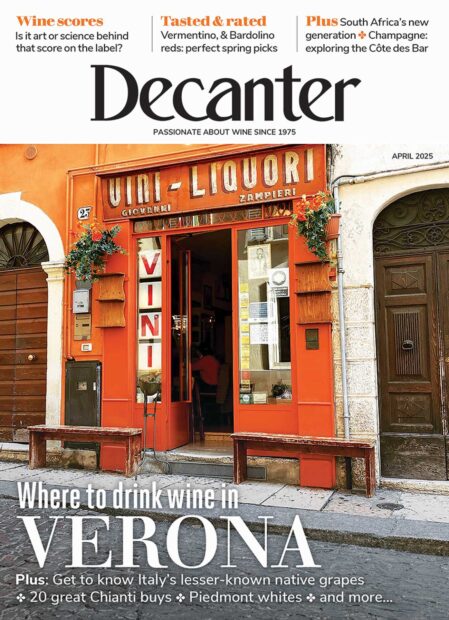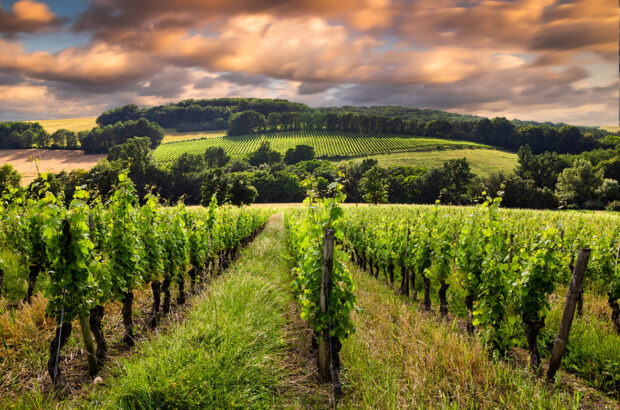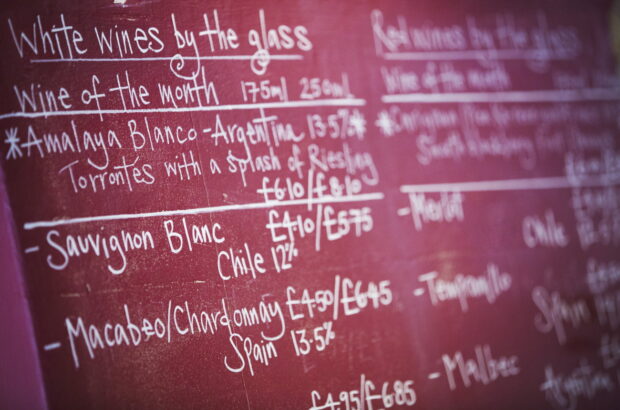What makes this a wine legend?
Wine Legend: Domaine Huet, Le Haut Lieu 1947, Vouvray, Loire, France
Quantity produced: 4,000 bottles
Composition: 100% Chenin Blanc
Yield: 7 hectolitres per hectare
Alcohol level: 12.4%
Residual sugar: 90g/l
Price on release: N/A UK
Price today: £620
A legend because…
It has entranced so many tasters over the years. ‘It is the wine that made me fall in love with Vouvray, Chenin Blanc and the Loire,’ says Loire expert and author Jacqueline Friedrich. Vouvray comes in various styles, but its greatest, most long-lived expression is the sweet style known as ‘moelleux’. Given the northerly climate of the Loire Valley, truly great moelleux vintages are rare. Thus, between 1976 and 1985 no sweet wines were produced at Domaine Huet. By any account 1947 was exceptional, easily the best vintage since 1928.
Looking back
In 1947, the Vouvray AC had only been in existence for 11 years. Although larger today, Le Haut Lieu was then a 4-hectare site - the other single vineyards were not acquired until the 1950s. The 1947 vintage came only shortly after the winemaker, Gaston Huet (see below), had escaped from a Silesian prisoner of war camp in Calais, and walked back to find a devastated cellar and vineyard.
The people
Huet’s parents bought the estate in 1928. A revered figure, Huet was mayor of Vouvray from 1947 to 1989, and supervised well over 60 vintages at the domaine, remaining active until his death in 2002. His son, a photographer, had no interest in taking over the management of the domaine, so it passed into the hands of Huet’s son-in-law, Noöl Pinguet. Pinguet had already been involved in running Domaine Huet for some years, and converted its vineyards to biodynamism in 1990.
The vintage
1947 was a very hot year, and climatic conditions in the autumn were hospitable to the development of botrytis. The harvest began on 13 October, which was relatively early. There were two pickings at Le Haut Lieu to harvest the moelleux grapes - the first on 15 and 16 October and the second on 21 and 22 October.
The terroir
Domaine Huet is composed of a few single vineyards that are almost always vinified, aged and bottled separately. They are Le Mont, Clos du Bourg and Le Haut Lieu. All three are capable of producing fine sweet wines, but Le Haut Lieu usually makes the most exquisite. The soil here is very deep clayey limestone - a rather heavy soil that generally leads to a suppleness in the wine.
The wine
After harvesting, the grapes were pressed in a vertical press, and the must fermented in 600-litre barrels in the domaine’s cellar, which is tunnelled into the limestone rock and benefits from an even temperature of 18°C. There was no malolactic fermentation and the wine was bottled in April 1948. It had an alcoholic degree of 12.4%, and 90 grams per litre of residual sugar, which is relatively low by modern standards but in 1947 would have been considered high. Huet said simply of the 1947: ‘It is the best wine I ever made.’
The reaction
There was no contemporary response to the wine since it was not offered for sale until the 1970s and even then was only presented to the domaine’s top clients. Michael Broadbent last tasted the wine in 1997, noting in Vintage Wine: ‘Medium-deep warm amber with gold highlights; a deeply honeyed bouquet, dried apricots and vanilla; still deliciously sweet, rich, like crème brûlée, excellent acidity and overall condition.’
Stephen Brook tasted the wine in 1985, recording: ‘An exceptionally beautiful wine: although rich in colour, aroma, and taste, there is nothing heavy about it, simply because the balance is impeccable.’
Retasting the wine with Huet in 1998, Brook discerned aromas of ‘caramelised oranges and tropical fruit’ but while the palate was sweet and concentrated, it ‘lacks some intensity and flair and shows some signs of maderisation’. As with all old wines, bottle variation is inevitable. Pinguet notes that the wine today is deep amber in colour with a touch of gold, and aromas of caramel, tobacco, quince jelly, and bitter oranges. For anyone lucky enough to hold a bottle, he recommends serving it with a blue cheese that is neither too mild nor too strong, such as a Fourme d’Ambert.
More wine legends:
-
Wine Legend: Jaboulet, La Chapelle Hermitage 1961
-
Wine Legend: Heitz Cellar, Martha’s Vineyard Cabernet Sauvignon 1974
-
Wine Legend: Gaja, Barbaresco 2001







